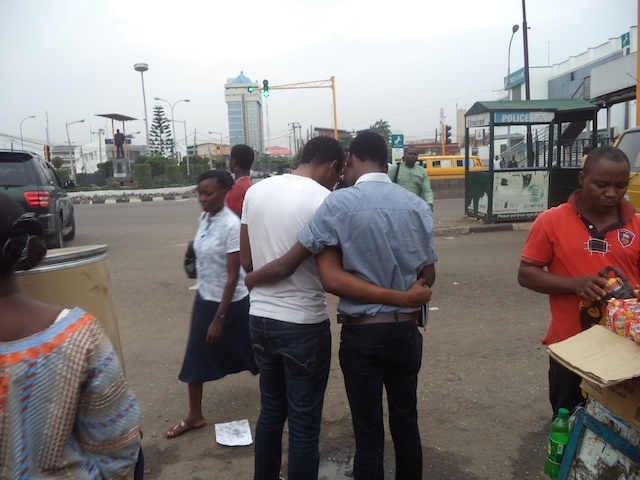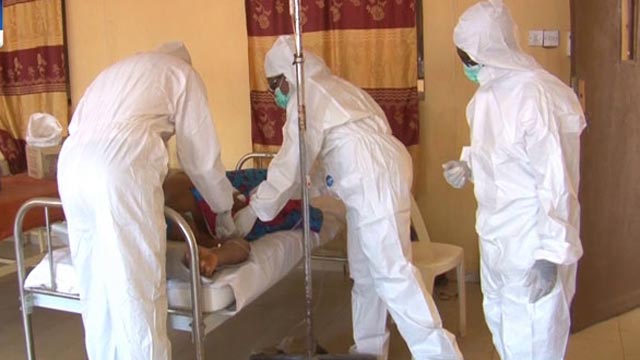Sex Workers, Gay Men Account For 50% Of New HIV Cases- UNFPA
United Nations Population Fund, UNFPA, on Tuesday, said key populations such as sex workers and gay men accounted for 50 per cent of new HIV cases in the world.
It, however, regretted that just a small fraction of all funding for HIV programmes targeted them.
UNFPA disclosed this in a statement by its Executive Director, Dr Natalia Kanem, in Abuja to mark the 2020 World AIDS Day with the theme, “Ending the HIV/AIDS Epidemic: Resilience and Impact.”
The UN agency also revealed that there was mounting evidence that people with HIV faced a greater risk of both catching COVID-19 and perishing from it.
Kanem said: “Key populations, such as s*x workers and men who have s*x with men, and their partners account for over half of all new HIV infections globally.
“Yet, just a small fraction of all funding for HIV programmes targets them. This is a shocking gap, and one likely to widen amid the pressures of the COVID-19 pandemic.
“Already, the evidence is mounting that people with HIV may be more at risk of both catching COVID-19 and perishing from it.
“Continued efforts to keep life-saving services open for key populations, including through virtual outreach, are valiant, but not enough.
“We must demolish the stigma, discrimination, and marginalisation that key populations confront in the battle against HIV. They have the right to protect and care for themselves on an equal footing with everyone else.”
Speaking further, she noted that in the Sustainable Development Goals, the world committed to universal health coverage.
“Let’s translate that global commitment into action, leaving no one behind. A virus can remind us that no one is safe until we all are. That we have no time to wait. That the time to invest inequitable health services and uphold human rights is now,” the statement read.
Kanem also warned that as the world combated COVID-19, it must not forget HIV.
“While the two viruses differ in many ways, the parallels between them reflect the vulnerabilities that these viruses exploit, passing most readily to marginalized groups without access to services, information or protective equipment.
“Once again, we have seen how those at greatest risk of infection and disease are the least likely to find the protection and care they need,” she added.




